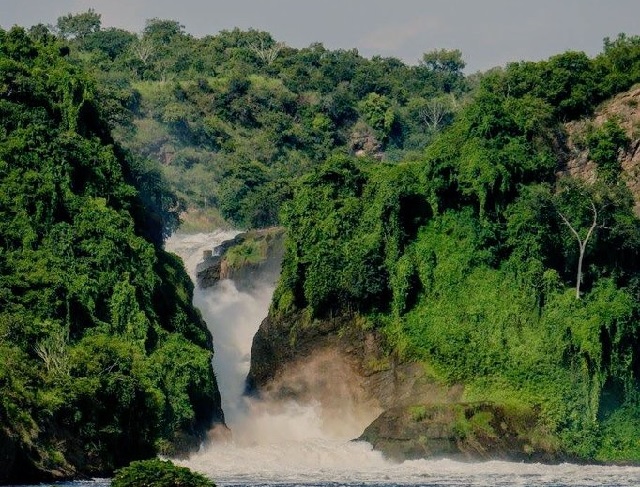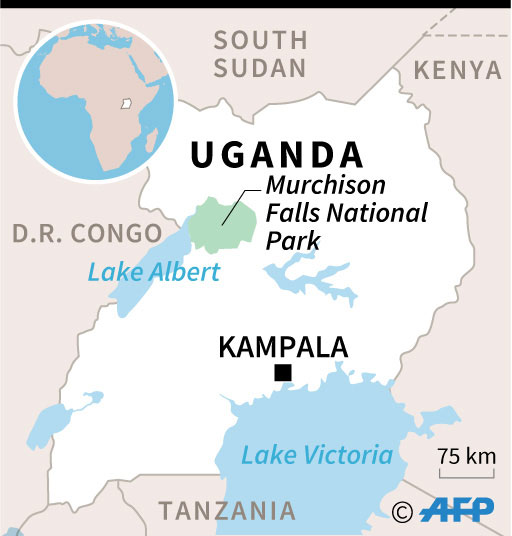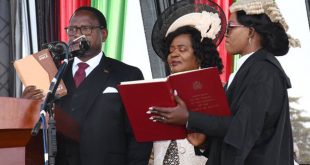
Kampala, Uganda | AFP | Uganda will approve a feasibility study into building a hydro power station near the awe-inspiring Murchison Falls, the tourism ministry said Friday, three months after vowing to scrap the project.
The about-turn has infuriated tourism operators who fear the 360-megawatt project on the Victoria Nile in Murchison Falls National Park could irreversibly scar one of East Africa’s natural wonders.
“Cabinet decided that there must be a feasibility study and that scientific study will form the basis on whether the proposed hydro power project should go on in Murchison Falls National Park or not,” the country’s state minister for tourism, Godfrey Kiwanda told AFP.
He said the study would establish whether it was “tourism or electricity generation that benefits the country more.”
Earlier this year Uganda’s Electricity Regulatory Authority said that a South African firm, Bonang Power and Energy Pty (Ltd), had applied for a licence to build a hydro-electric dam at Uhuru Falls, upriver from Murchison.
The proposal sparked an outcry and a spirited campaign by Uganda’s hoteliers, environmentalists, researchers and tour operators under the “Save Murchison Falls” banner.

In August, Tourism Minister Ephraim Kamuntu said the cabinet had agreed to scrap a project that would “affect the scenery, ecosystem and subsequently tourism.”
“Government intends to advance the study findings as justification for building the power dam, which will negatively affect tourism in the park and the country,” said Everest Kayondo, chairman of the Uganda Tour Operators Association.
Amos Wekesa, a tourism entrepreneur and one of the petitioners to save Murchison Falls said: “This is a very disturbing development. With Murchison Falls’ planned destruction, we shall experience fewer tourists coming to Uganda.”
Uganda’s economy is growing by more than six percent annually, with similar expansion forecast for 2020 in the landlocked nation of 42 million, according to the World Bank.
More than three-quarters of its installed energy capacity comes from hydropower, the International Hydropower Association says, but less than 15 percent of its inhabitants have access to electricity.
Uhuru Falls, which means “freedom” in Swahili, was created in 1962 when powerful floods cut a second channel about 200 metres (yards) north of Murchison Falls, after which the fabled park is named.
At Murchison, the Nile is squeezed through a seven-metre gap in the rocks and tumbles 43 metres (141 feet) with tremendous force as it continues its journey toward Lake Albert.
The waterfall featured in the 1951 Hollywood adventure classic The African Queen starring Humphrey Bogart and Katharine Hepburn.
 The Independent Uganda: You get the Truth we Pay the Price
The Independent Uganda: You get the Truth we Pay the Price




Fellow Ugandans, I think that whoever is advising the government on this, has got it completely wrong. Murchison Falls should be left untouched. It is one of the only remaining natural tourist attraction. I think government needs to weigh the options very critically. Tourism is increasingly becoming a major foreign exchange earner with minimal government investment. THIS GOD GIVEN SOURCE OF REVENUE should be preserved by all well-meaning, and well-intentioned Ugandans. We should not solely rely on some foreigner whose intentions may not be well known, to decide for us on such a vital matter. We should as a country be moving a way from very expensive projects to cheaper, affordable, and sustainable options such as solar power. I have for example been making a critical look at what is called Rural Electrification. For the armchair implementer that sits in air-conditioned office in Kampala, the fact is that electricity remains largely unaffordable for the rural poor. The rural people only stop at paying for the connection, and use the electricity for the first month only, because they can not afford paying bills. Thus other than maybe the trading centres where the power is used for commercial purposes, only the poles and power lines dot largely the rural areas, as people there try to improvise with some forms of solar lighting.